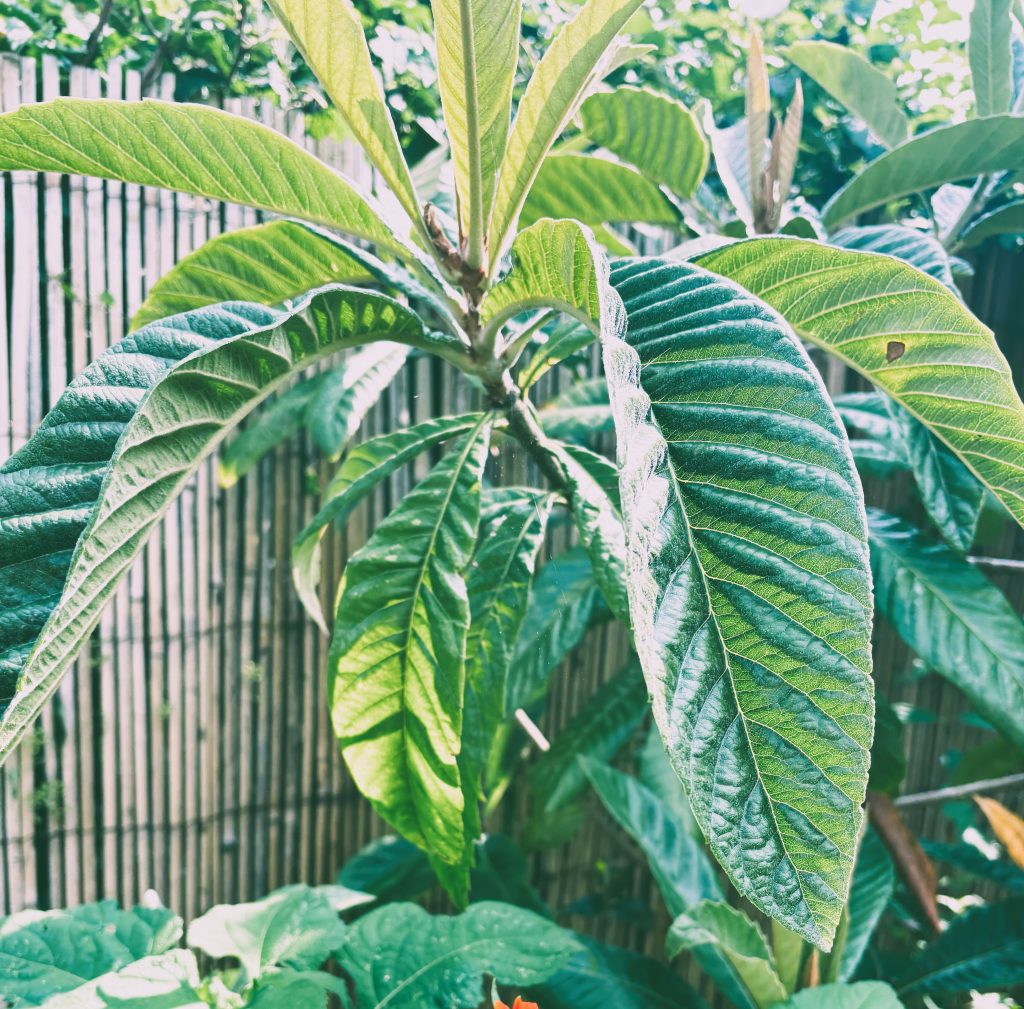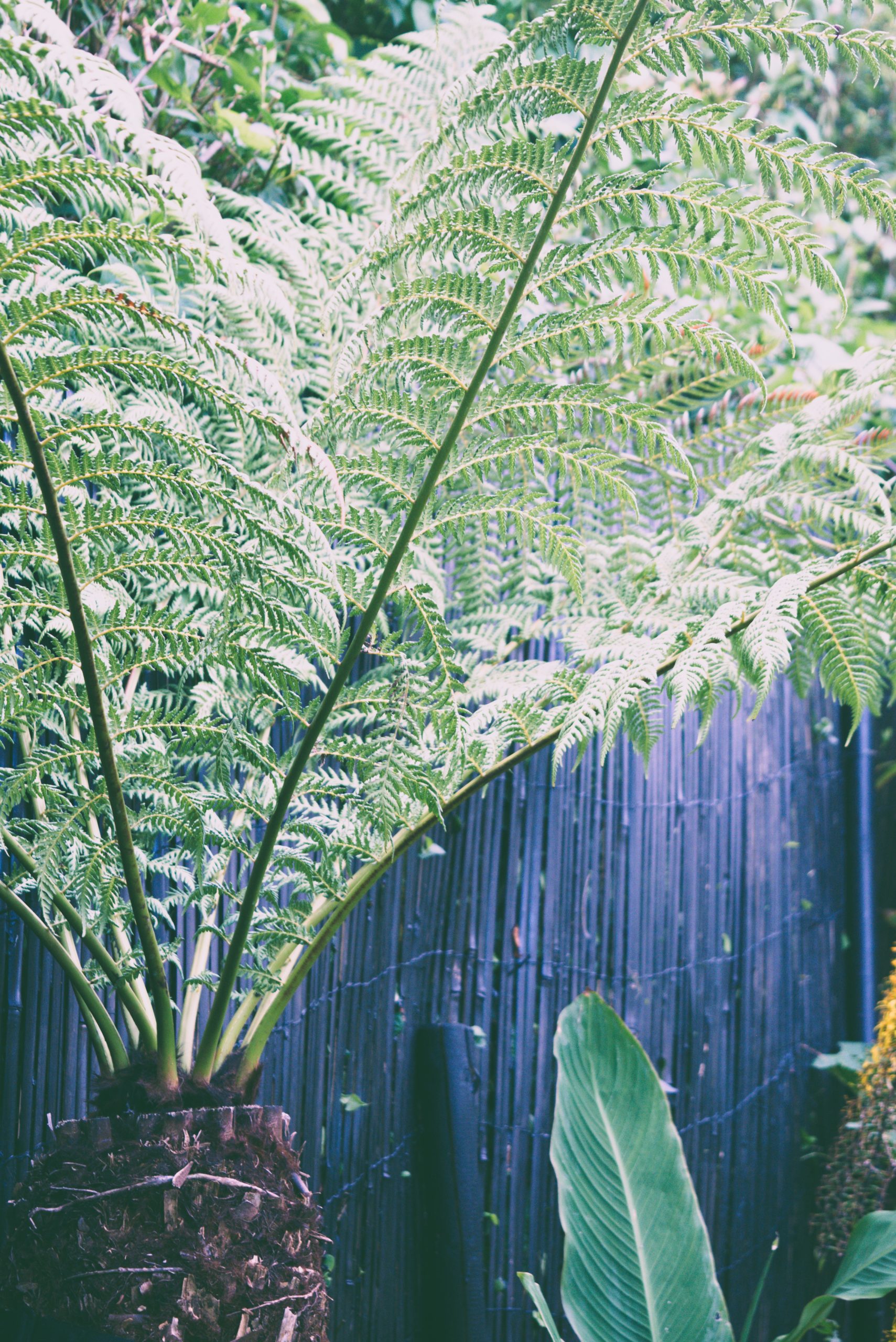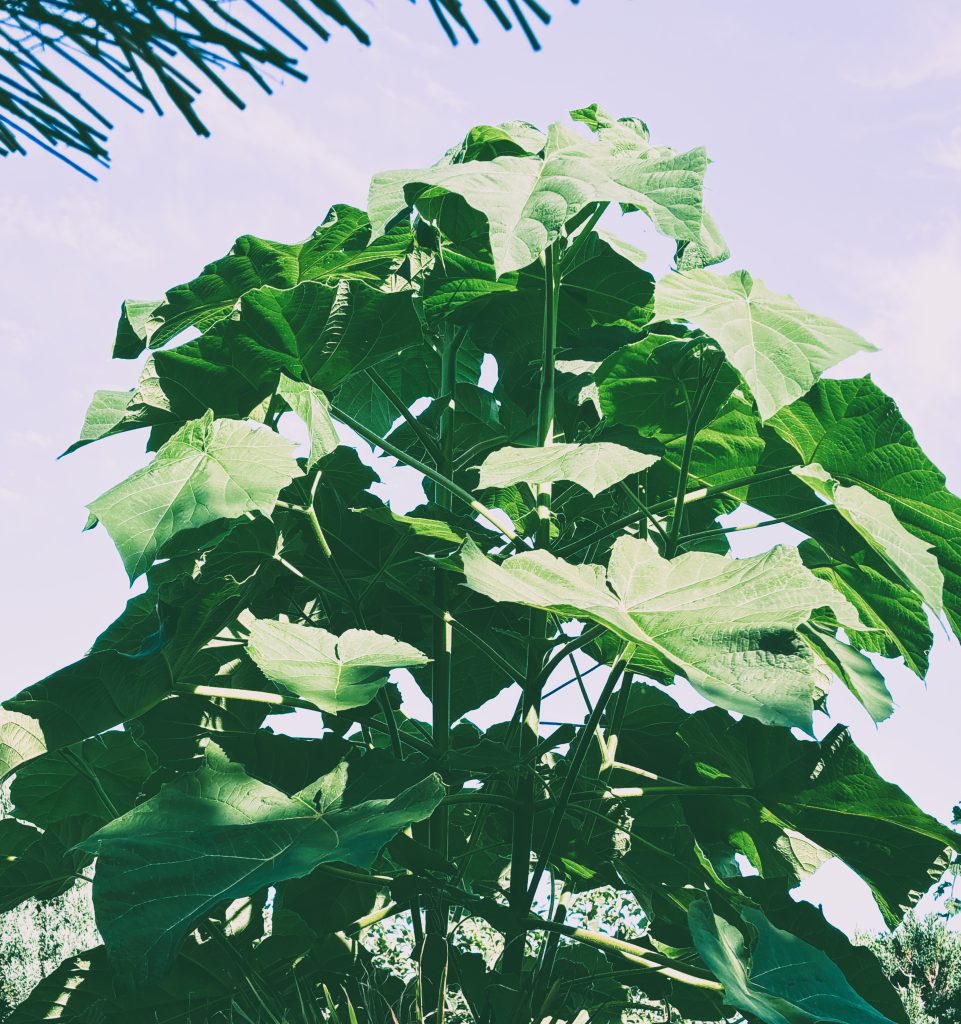Creating a tropical-style garden in the UK can be a delightful challenge, especially when you’re aiming to add height and structure to your garden. The following five plants are excellent choices that can thrive in the UK’s temperate climate while giving your garden that exotic, tropical feel. From hardy palms to fast-growing trees, each plant offers unique beauty and intriguing characteristics.
1. Trachycarpus (Trachycarpus fortunei)
The Hardy Palm
Trachycarpus, commonly known as the Windmill Palm, is a fantastic choice for UK gardens looking to achieve a tropical vibe. Native to the mountainous regions of China, this palm is one of the hardiest in the world, capable of withstanding temperatures as low as -10°C. Its fan-shaped leaves and rough-textured trunk add a classic tropical silhouette to any garden.
Interesting Fact:
Trachycarpus fortunei is often seen in coastal areas of the UK, where it can grow up to 12 meters tall. The plant’s hardiness is due to its thick layer of fibrous material that insulates the trunk, protecting it from frost.
Position and Care:
Plant Trachycarpus in a sunny or partially shaded spot with well-drained soil. It thrives in sheltered locations, where the wind won’t damage its large leaves. Water regularly during dry periods, especially when the plant is young, to help establish strong roots.
2. Albizia (Albizia julibrissin)

The Silk Tree
Albizia, also known as the Persian Silk Tree or Mimosa, is a beautiful deciduous tree that adds height and a touch of exotic flair to a tropical-style garden. Its finely divided leaves and fluffy, pink flowers create a soft, feathery appearance that sways gracefully in the breeze. Albizia can reach up to 6 meters in height, making it an excellent choice for adding vertical interest.
Interesting Fact:
The flowers of Albizia julibrissin are highly attractive to bees and butterflies, making it a great addition for gardeners looking to support local wildlife. In traditional medicine, Albizia has been used for its calming properties, often referred to as the “tree of happiness.”
Position and Care:
Albizia thrives in full sun and well-drained soil. It’s relatively drought-tolerant once established, but young trees benefit from regular watering. Prune in late winter or early spring to maintain shape and encourage flowering.
3. Loquat (Eriobotrya japonica)

The Exotic Fruit Bearer
The Loquat is an evergreen tree that offers both height and a touch of the exotic to UK gardens. Originally from China, this tree is valued for its large, glossy leaves and fragrant white flowers that bloom in autumn or winter. In warmer areas of the UK, it may even produce its delicious, tangy fruits in early summer.
Interesting Fact:
Loquat fruit is rich in vitamins and antioxidants and is commonly used in jams, jellies, and desserts. The tree is also known as the “Japanese plum” or “Chinese plum,” though it is unrelated to the common plum tree.
Position and Care:
Plant Loquat in a sheltered, sunny position, ideally against a south-facing wall to maximize warmth. It prefers well-drained soil and benefits from a mulch in the winter to protect the roots from frost. Prune in late spring to remove any frost-damaged branches and maintain the tree’s shape.
4. Tree Fern (Dicksonia antarctica)

The Ancient Marvel
Tree ferns, particularly Dicksonia antarctica, bring a prehistoric, lush look to your garden. Native to Australia and Tasmania, this slow-growing fern can reach heights of 4 meters or more, creating a stunning focal point with its large, arching fronds. Its thick, fibrous trunk adds texture and a sense of age to your garden, making it feel like a lush, ancient forest.
Interesting Fact:
Tree ferns are one of the oldest plant species on earth, with a lineage dating back over 300 million years. They absorb water through their trunk, making them unique among most plants that rely solely on their roots.
Position and Care:
Tree ferns thrive in shaded or partially shaded areas with moist, humus-rich soil. In the UK, they require winter protection, such as wrapping the crown and trunk with horticultural fleece. Keep the trunk and soil consistently moist, especially during dry spells, to mimic their natural rainforest habitat.
5. Paulownia (Paulownia tomentosa)

The Empress Tree
Paulownia, also known as the Foxglove Tree or Empress Tree, is a fast-growing deciduous tree that can add impressive height to your garden in just a few years. Native to China, Paulownia can grow up to 15 meters tall and is known for its large, heart-shaped leaves and stunning, fragrant, purple flowers that bloom in spring.
Interesting Fact:
Paulownia is one of the fastest-growing trees in the world, capable of growing up to 6 meters in its first year if cut back annually. The wood is lightweight yet strong and is often used in musical instruments and furniture in Asia.
Position and Care:
Paulownia thrives in full sun and well-drained soil. It’s best planted in a sheltered location to protect its large leaves from wind damage. To encourage a strong trunk and large leaves, cut back the tree annually in early spring. This will result in fewer flowers but create a more dramatic, tropical appearance.
Elevating Your Garden’s Structure
Adding height to a tropical-style garden in the UK can be a rewarding experience, especially with the right plant choices. Trachycarpus, Albizia, Loquat, Tree Fern, and Paulownia each bring their own unique character, ensuring your garden is not only visually stunning but also filled with intriguing stories and features. By carefully selecting positions and providing the right care, these plants will thrive and transform your garden into a tropical paradise, even in the UK’s cooler climate.


